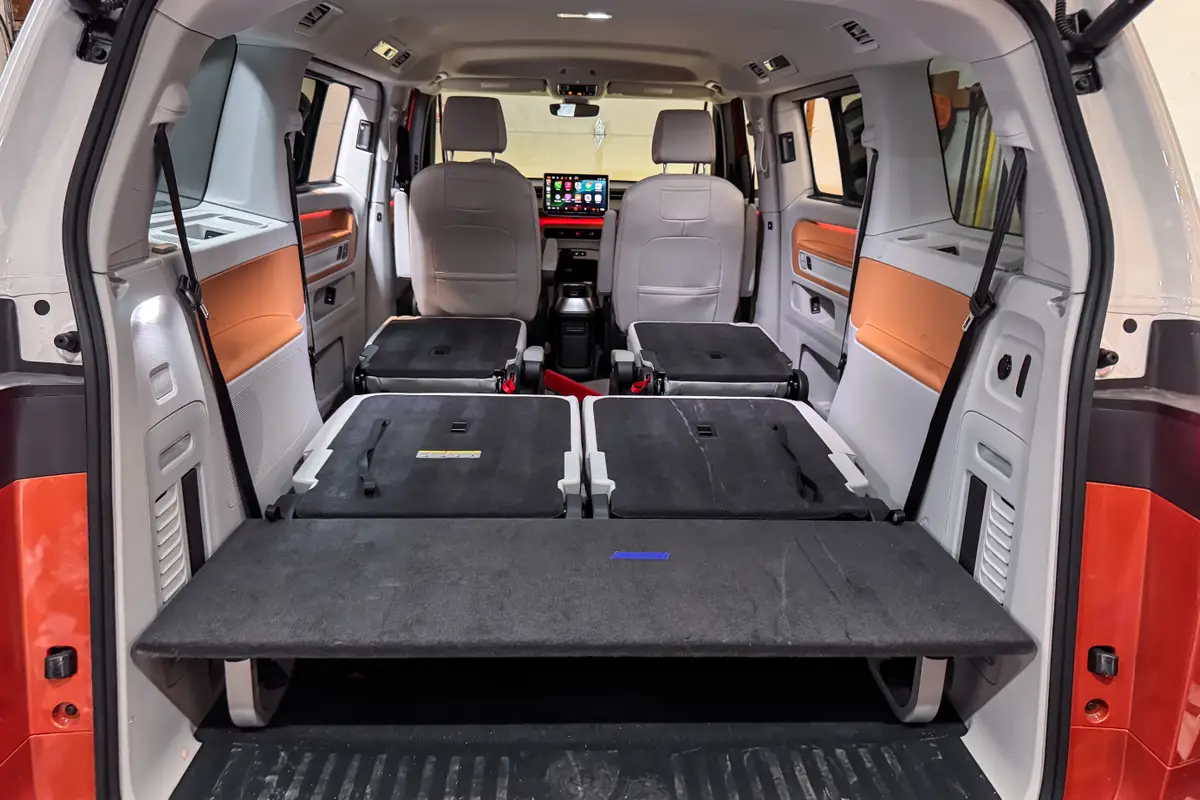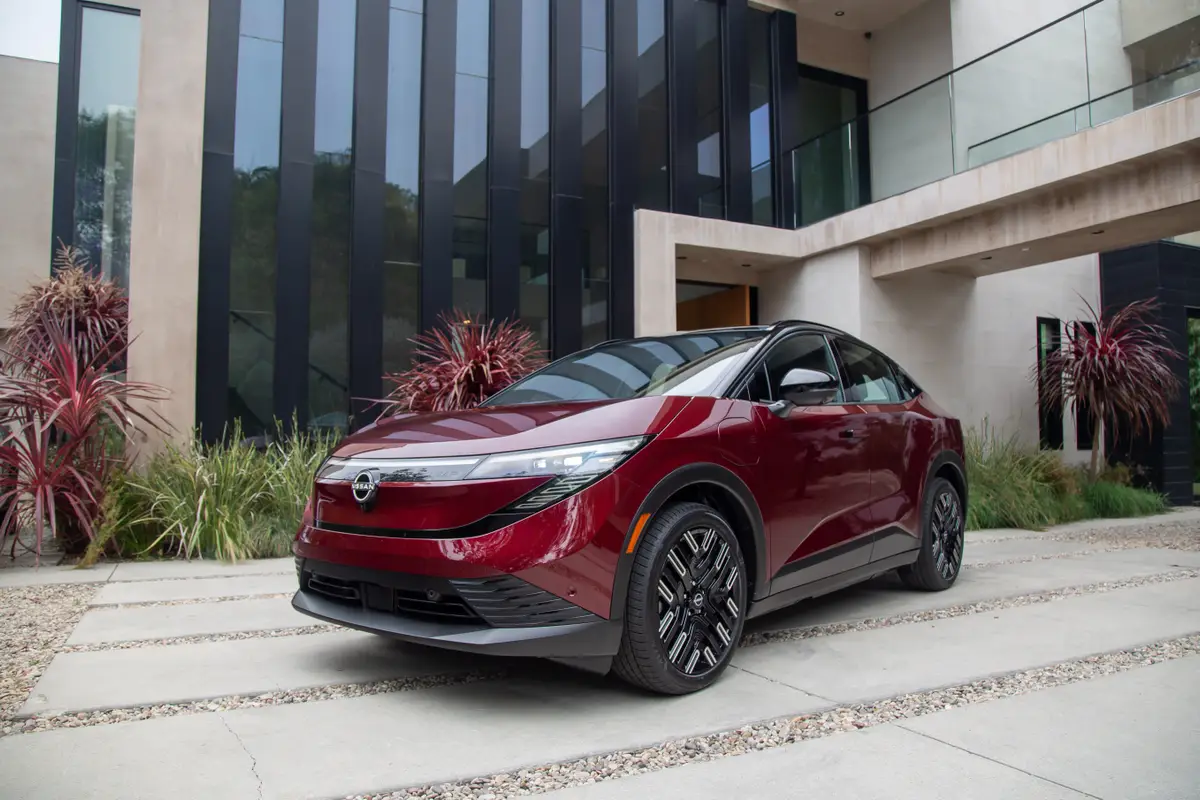What's New: 2019 Chevrolet Silverado 1500
Exterior
Since Chevy started with a clean sheet of paper, designers could spend a great deal of time in the wind tunnels to map exactly how the truck’s new shapes move wind around it. The front end is designed to move air more smoothly and easily over, underneath and around the Silverado. Consequently, the most dramatic detail is the “side gills” (a design solution taken from the current Camaro) that suck and channel air through the gaps and around the front wheel, a typical trouble spot for vehicles with large front-ends.
Chevy continues to use grille shutters that help push air (when not needed for cooling) up and over the restyled hood. The hood itself is taller than before to cover up the windshield wipers (which create turbulent air) and direct air over a re-angled windshield. Channels in the cab roof move air smoothly over the surface and a rear-cab lip gives the air one last bump so it doesn’t get caught at the bed’s tailgate. The tailgate has a subtle lip bump on top to move air over the rear of the truck. All these small details add up to a significant improvement in the coefficient of drag.
The other important aspect to this truck’s design is underneath in the form of weight savings. The redesigned, 10 percent stiffer frame is now almost 100 pounds lighter. In other areas of the truck — due to more aluminum, composites and other stronger, lighter steels — Chevrolet saved as much as 450 pounds when compared to competitors’ crew cabs. That’s well more than half the weight the 2015 Ford F-150 saved when it was switched to an all-aluminum body. The new Silverado uses much more aluminum in the hood, tailgate and door panels (everything with a hinge), but it still has conventional stamped steel for the curvy over-wheel panels, and, most importantly, in the entire floor of the pickup structure and bed. The floor of the cab and the bed, and the back wall of both are all made from high-strength steel.
All Silverado 1500s will have the Chevrolet name stamped on the tailgate, while some of the trim levels will have the classic bow tie in front and others will have the name Chevrolet boldly scrolled across a center bar through the grille.
As for the crew cab, Chevy engineers said the wheelbase has been lengthened 4 inches, but due to the redesign of the front and rear overhangs the overall length of the truck increased by only 1.5 inches. The length of the two non-8-foot bed models has grown as well.
The biggest change to the beds is width; the bed is now almost 7 inches wider. That’s a big deal. The new Chevy beds have been redesigned to provide a much wider mouth to swallow cargo, meaning that they’ll now have the largest volume in the class. The beds have 12 tie-down points, some of which can hold as much as 500 pounds.
Interior
The most notable improvement is the repositioned steering wheel. In the previous generation, the steering wheel was positioned slightly off center from the driver’s seat, something that received widespread criticism. It’s now centered in front of the driver as in other pickups. The Silverado also gets new electronically assisted rack-and-pinion steering that Chevy says delivers more precision and driver comfort.
Other interior improvements include more padding for all seats, longer seat tracks, more legroom for rear passengers (all wheelbases are longer now as well) and more interior storage. The front center console is slightly larger with more elbow padding. Rear passengers get more head- and legroom along with a bigger center armrest, and the new cabin has flatter load floors. The seatbacks of all crew-cab pickups will offer a large, hinged storage box to hold books, small electronics or even extra clothing. Think of it as a personal glove box for rear passengers.
Under the Hood
Chevrolet spent a great deal of time improving the powertrain lineup for this new-generation Silverado 1500. The entire engine lineup will eventually use a new 10-speed automatic transmission, first available for the 6.2-liter V-8 and the all-new turbo-diesel 3.0-liter straight-six, and eventually for the 5.3-liter V-8.
The gas V-8s that power the new Silverado get an all-new dynamic fuel-management system that allows flexible cylinder deactivation based on real-time demand. That means the computer controls can select any combination of one to eight cylinders to be used based on the driving situation, saving fuel.
Featured stories




